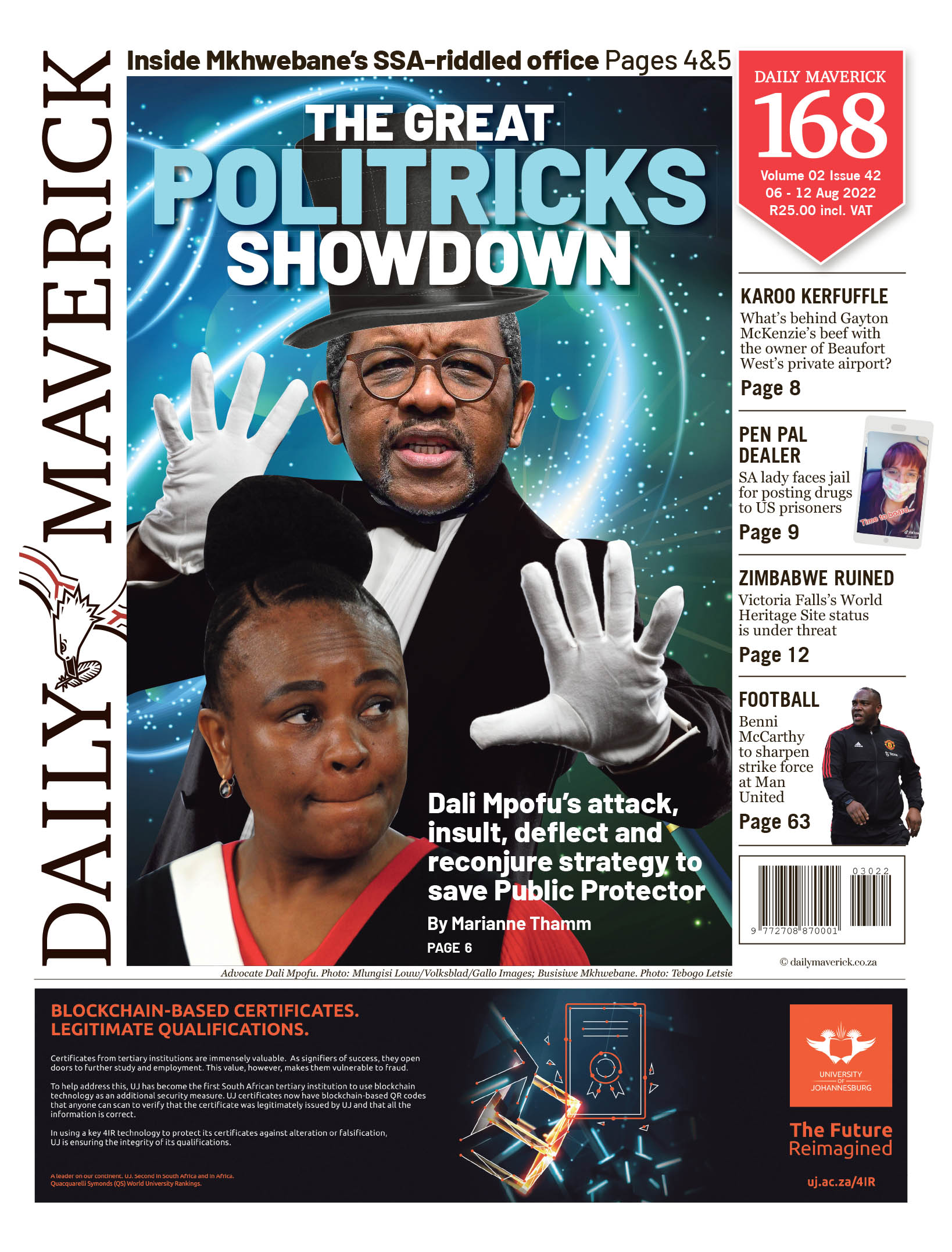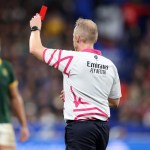Despite soaring inflation, an energy crisis and looming recession, the S&P 500 rose 9.1% in July, its best month since November 2020.
That happened to be the moment when Pfizer announced 90% efficacy of its Covid vaccine and the end of the pandemic hovered into view. The rally in the tech-heavy Nasdaq has been even stronger, up 12.3%. This performance lies in sharp contrast to the first six months of the year, when the S&P fell 21% and the Nasdaq 29%, the worst first-half performance of the US equity market in more than 50 years.
It is hard to pin down exactly what could have driven last month’s rally, other than opportunistic bargain-hunting in an oversold market. Did we reach the bottom in June, or is this a momentary “dead cat bounce”?
A cognitively dissonant desire to see what you want to see and not what is actually happening was especially apparent during last week’s speech by the chair of the Federal Reserve, Jay Powell. After the rate hike of yet another 75 basis points (those 25bps moves now feel so quaintly 2017), the market seemed desperate to read something positive into his comments.
“Recent indicators of spending and production have softened… As the stance of monetary policy tightens further, it likely will become appropriate to slow the pace of increases while we assess how our cumulative policy adjustments are affecting the economy and inflation,” the Fed chair said.
Moments after this comment, markets went wild, with the Nasdaq jumping more than 4%. Investors clearly interpreted the statement to mean that the Fed will start to slow its relentless rate hikes because the economy has entered a technical recession. The market heard from Powell what it wanted to hear: that he is becoming more concerned about the weakening economy and less preoccupied with inflation.
However, actually reading his statement gives a rather different impression.
“As it relates to September, I said that another unusually large increase could be appropriate. But that’s not a decision we’re making now. It’s one that we’ll make based on the data we see, and we’re going to be making decisions meeting by meeting.
“We think it’s time to just go to a meeting-by-meeting basis and not provide, you know, the kind of clear guidance that we had provided on the way to neutral.”
Visit Daily Maverick’s home page for more news, analysis and investigations
This comment might sound self-evident. The Fed, clearly, does not just mindlessly churn out 75bps hikes, but does actually follow some data from the economy. Powell is reluctant to offer further clues, as the Fed is just as confused about the true path of inflation and growth as the rest of us. He was being disarmingly honest.
We know that the futures market indicates that investors believe the Fed’s (admittedly uncertain) rate projections are wrong by two or three rate rises to the high side. The market has rallied because it believes the Fed will end up being more dovish than it predicts. This is a big assumption, which creates substantial risk if the Fed does continue to hike in line with its current forecasts.
Investors seem to be implicitly assuming that if economic figures worsen, even without inflation coming down materially, the Fed will start to give in to political pressure and loosen up.
This is a strange line of reasoning as it goes against what the Fed itself has been repeating since last November. Asked how policy might change if the country falls into recession, Powell was blunt: “We’re going to be focused on getting inflation back down … We see that as something we simply must do.”
Perhaps overly desperate for some crack of light in the economic gloom, investors have bought the good news before there is actually any good news. Inevitably, even the most extreme case of cognitive dissonance resolves itself, and reality bites.
Investors would do well to err on the side of caution. DM168


















Comments - Please login in order to comment.